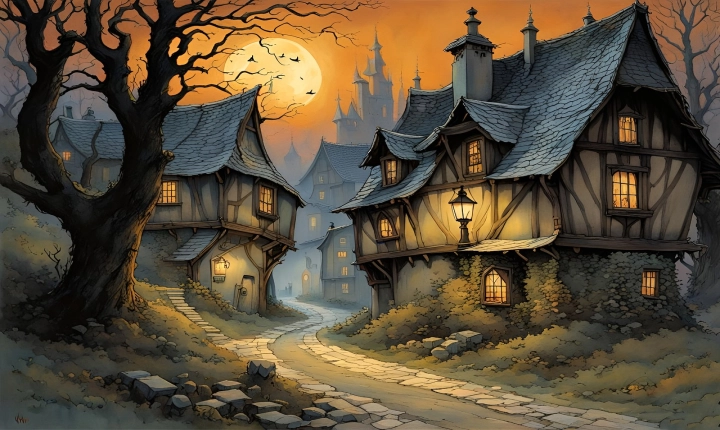Title: How to Turn a JPG into an AI File: A Step-by-Step Guide
Converting a JPG file to an AI (Adobe Illustrator) file may seem like a daunting task, especially if you’re not familiar with graphic design software. However, with the right tools and a little know-how, you can easily transform your image into a high-quality vector graphic. In this step-by-step guide, we will walk you through the process of turning a JPG into an AI file.
Step 1: Understand the Difference Between JPG and AI
Before we dive into the conversion process, it’s important to understand the difference between JPG and AI files. JPG files are raster images, meaning they are made up of individual pixels. On the other hand, AI files are vector graphics, which are made up of scalable, mathematically-defined paths and curves. This allows AI files to be scaled to any size without losing quality.
Step 2: Choose the Right Software
To convert a JPG to an AI file, you’ll need access to a vector editing software such as Adobe Illustrator. If you don’t already have Adobe Illustrator, there are other free or low-cost vector editing software options available, such as Inkscape or CorelDRAW.
Step 3: Import the JPG File
Once you have your vector editing software open, import the JPG file that you want to convert to an AI file. This can typically be done by selecting “File” > “Open” and choosing the JPG file from your computer.
Step 4: Trace the Image
In Adobe Illustrator, you can use the “Image Trace” feature to convert your JPG into a vector graphic. To do this, select the image, then navigate to the “Image Trace” option in the top toolbar. From there, you can choose preset options or customize the tracing settings to achieve the desired result.
Step 5: Save as an AI File
Once you are satisfied with the traced image, it’s time to save it as an AI file. Select “File” > “Save As” and choose the AI format from the dropdown menu. Give your file a name and select a location to save it on your computer.
Step 6: Edit and Fine-Tune
Now that you have your AI file, you can further edit and fine-tune the vector graphic to your liking. Since AI files are composed of editable paths and shapes, you can easily adjust colors, lines, and other elements to achieve the look you desire.
Step 7: Export for Different Uses
One of the main advantages of having an AI file is that you can export it to different formats for various purposes. For example, you can export the AI file as an EPS for print, SVG for web use, or PDF for sharing with others.
In conclusion, while the process of turning a JPG into an AI file may seem complex at first, it becomes straightforward with the right software and understanding of the conversion process. By following these steps, you can transform your JPG image into a high-quality, scalable vector graphic ready for various design needs.
